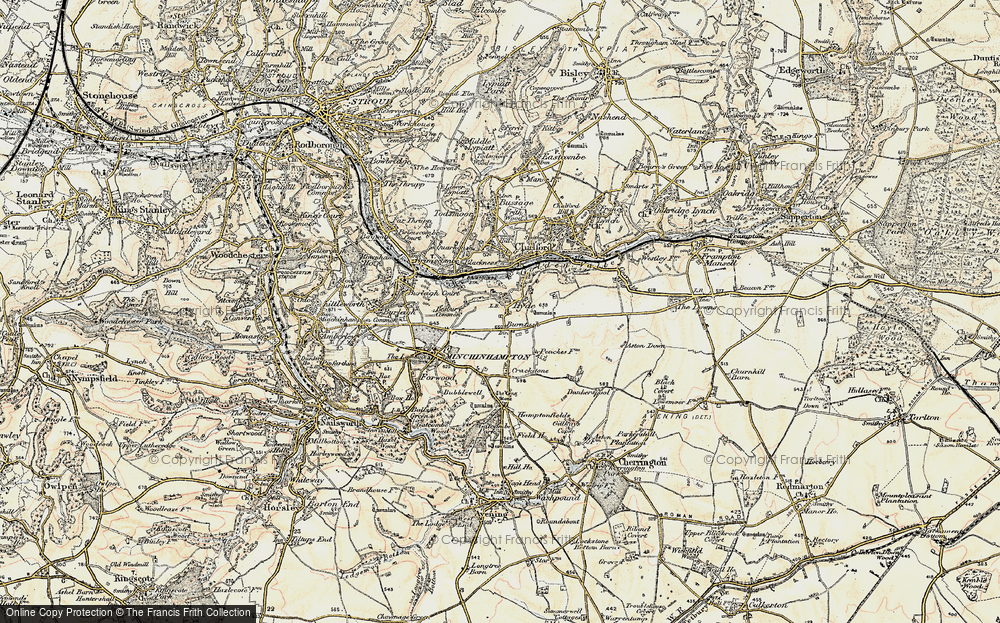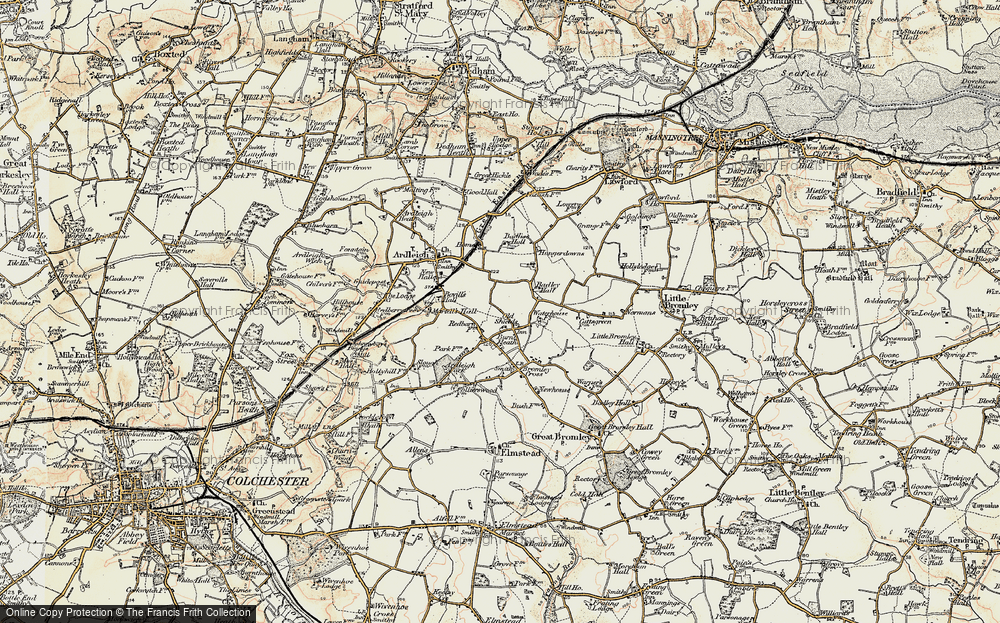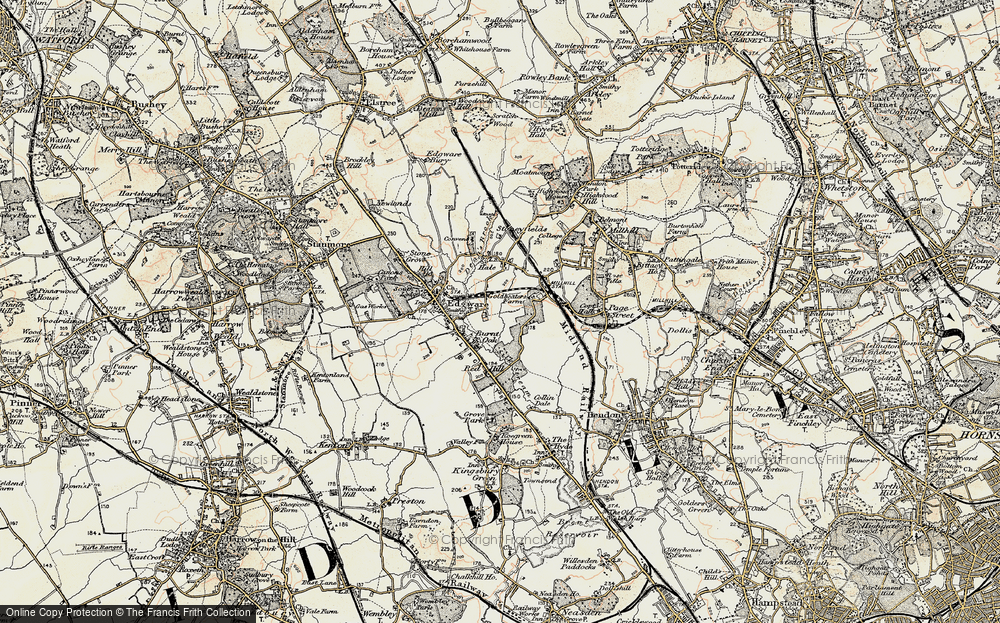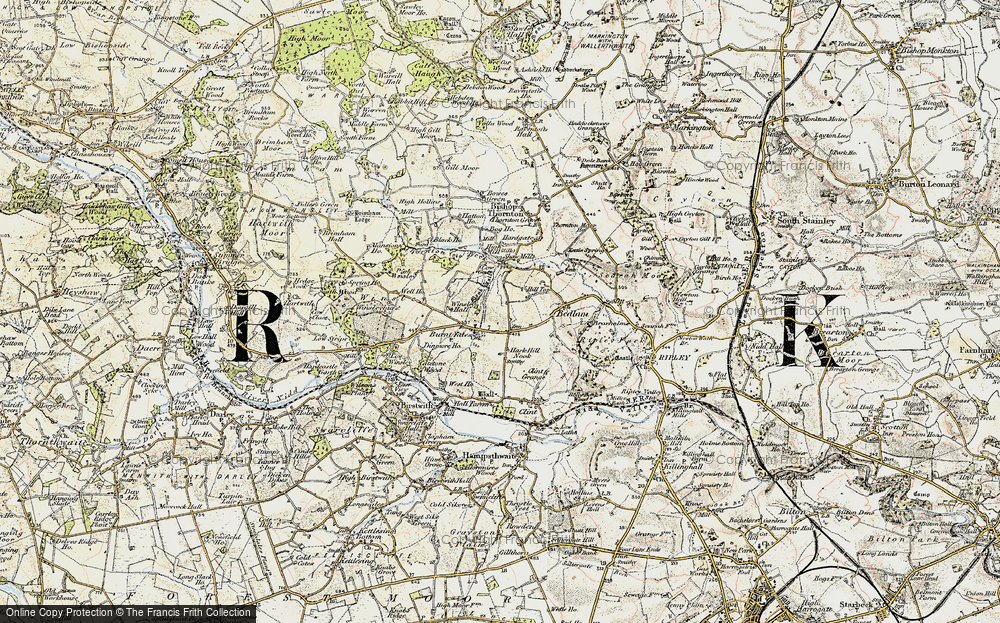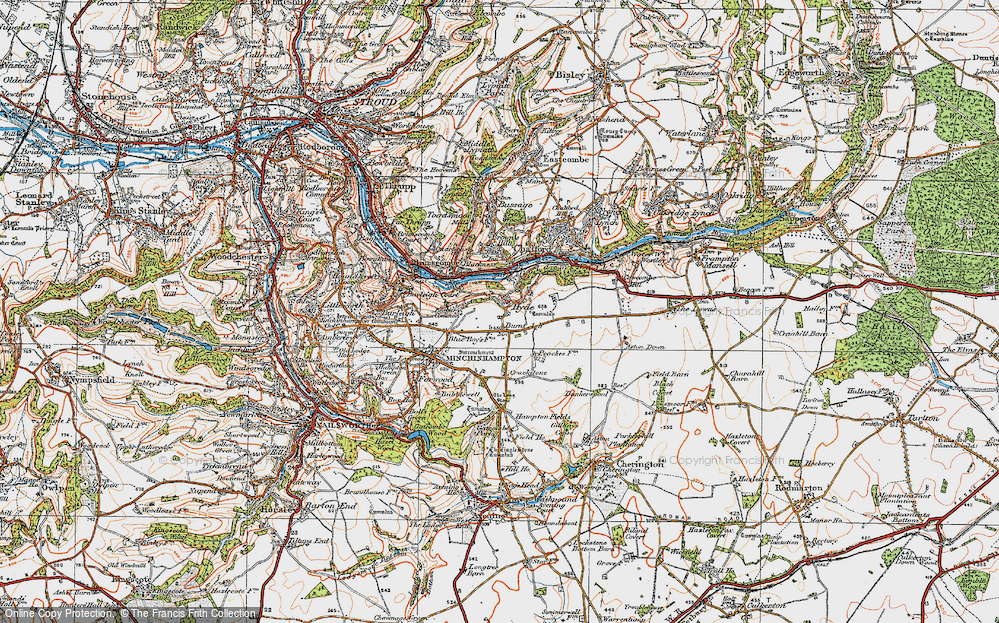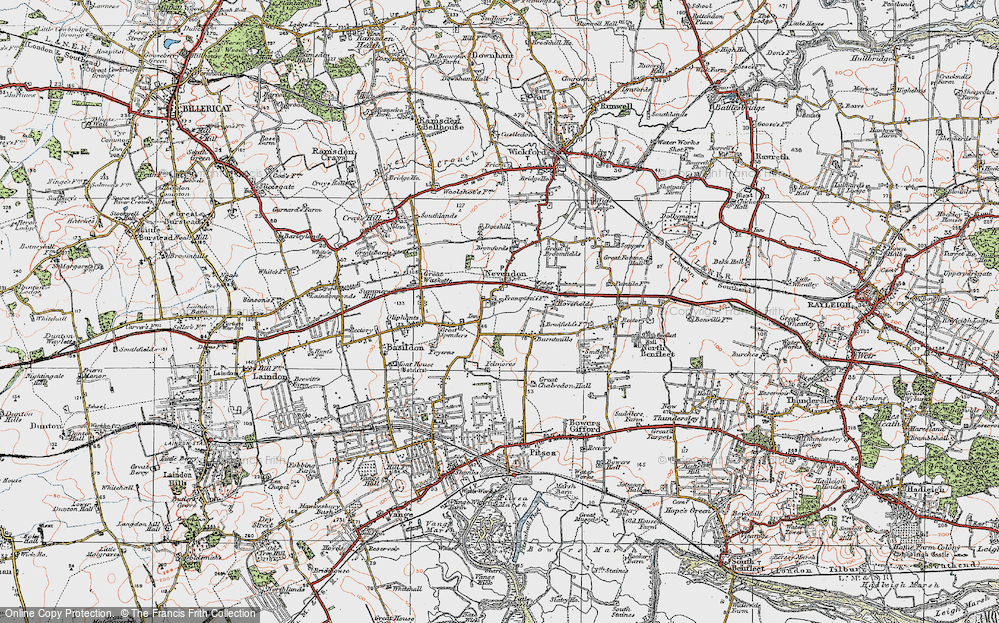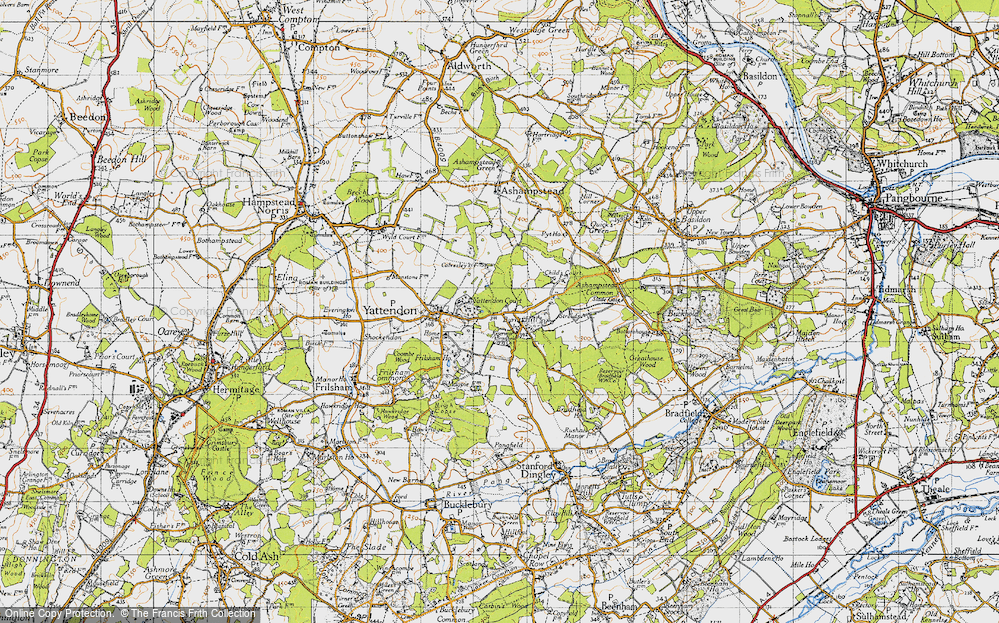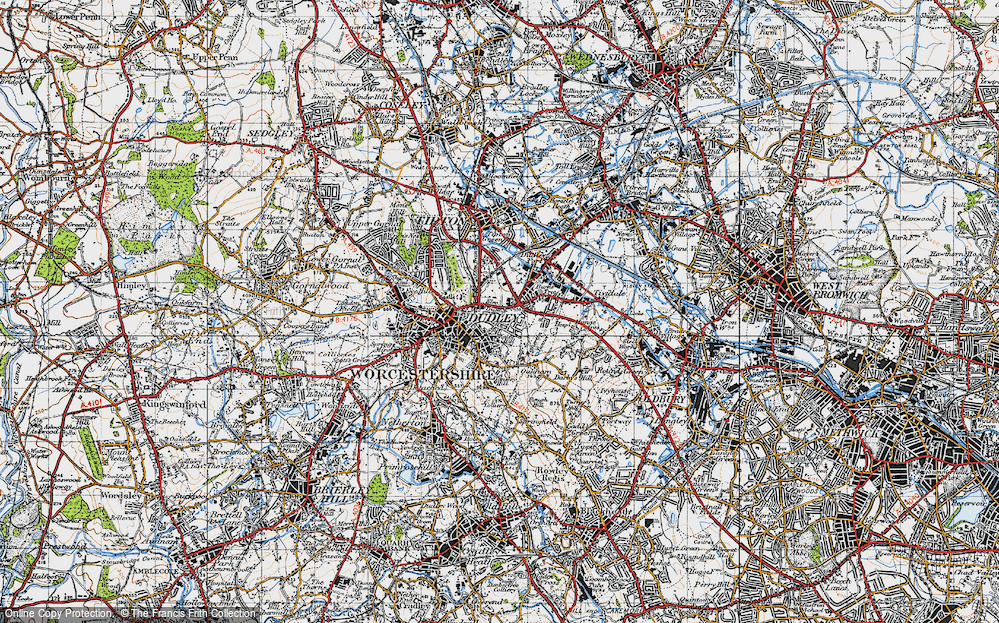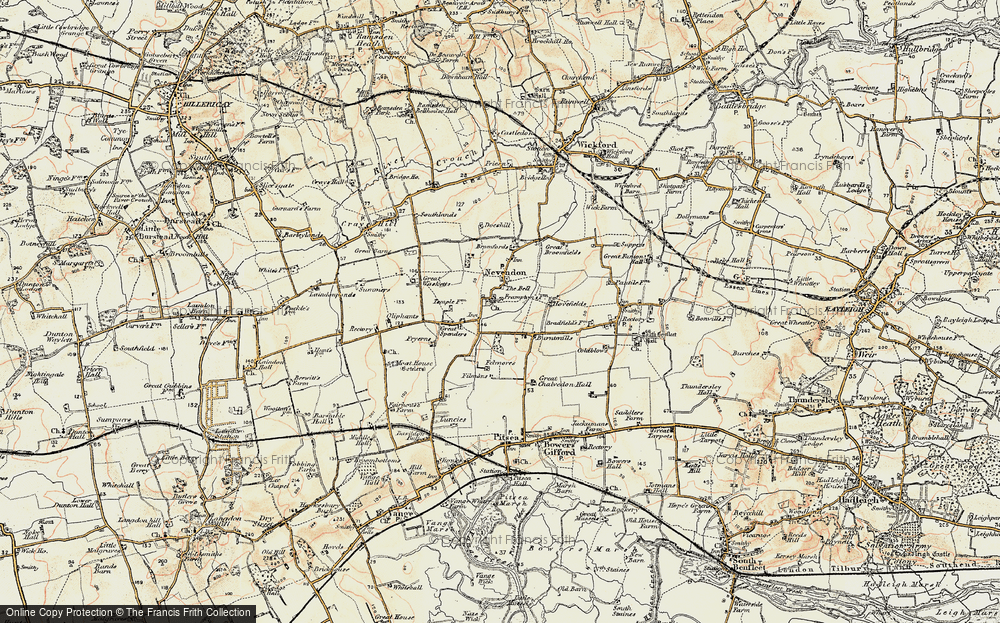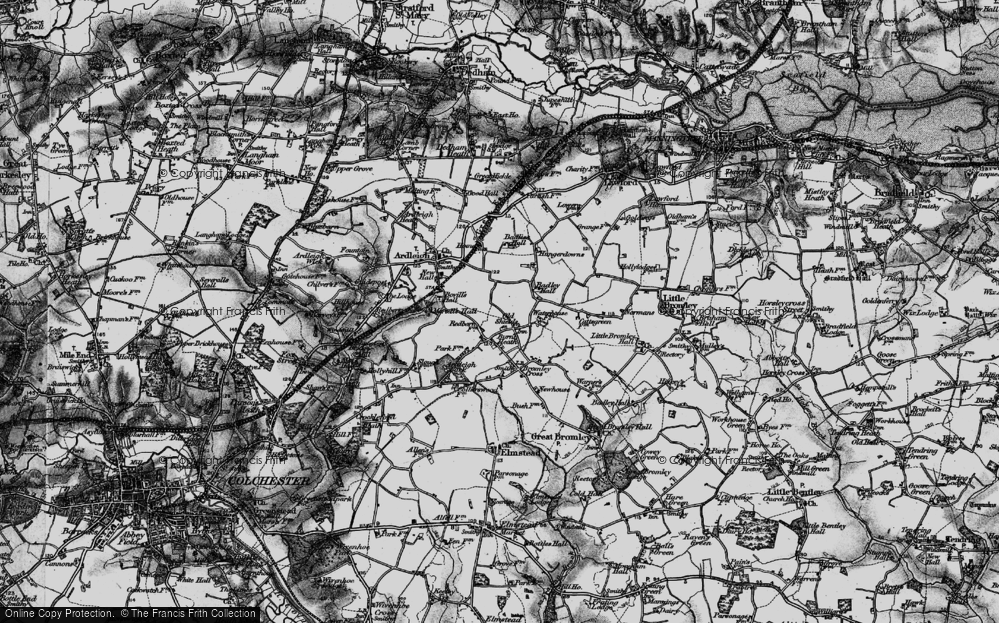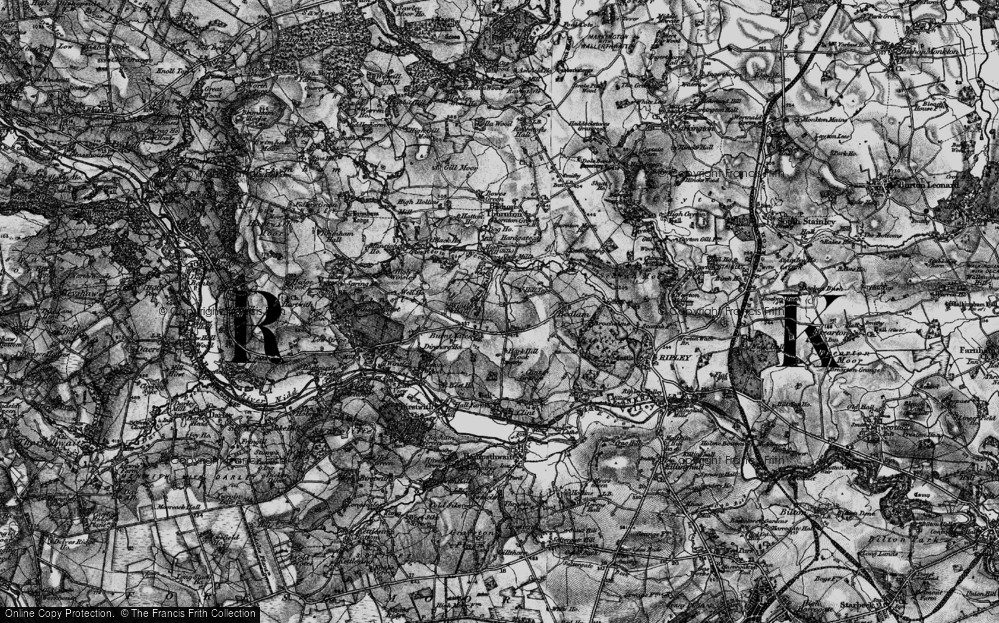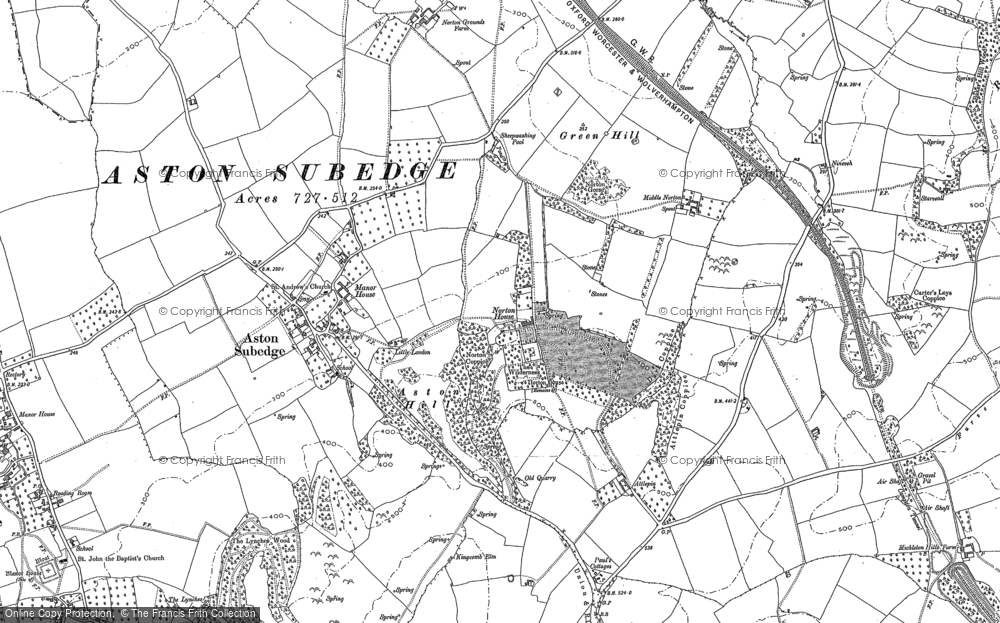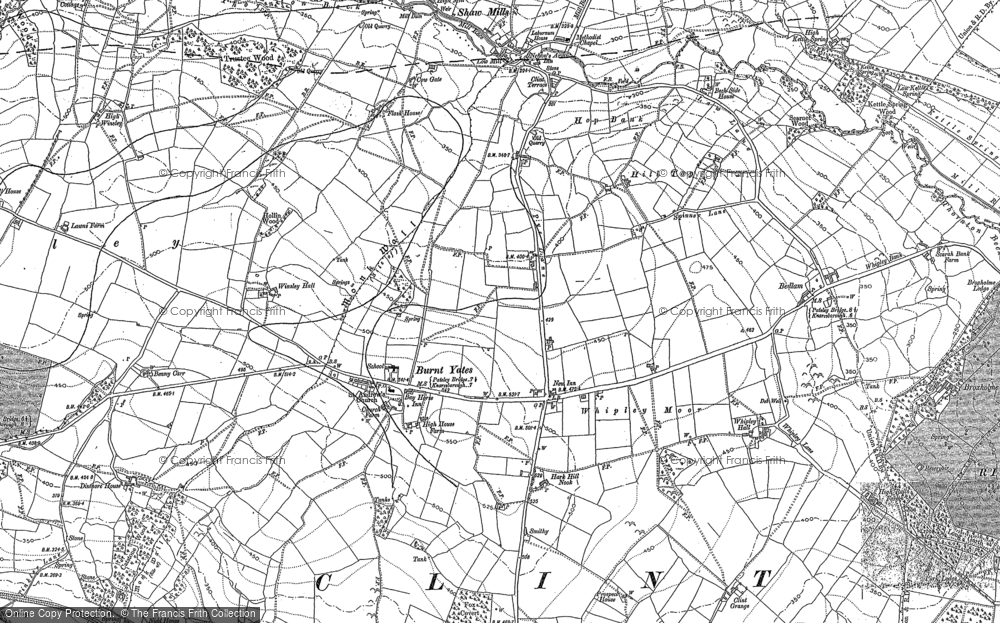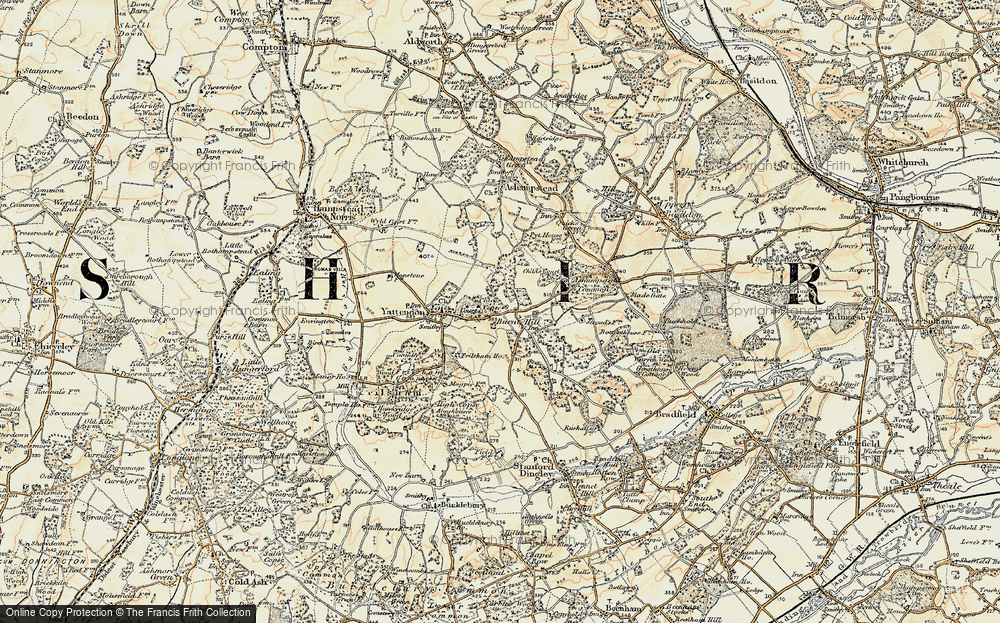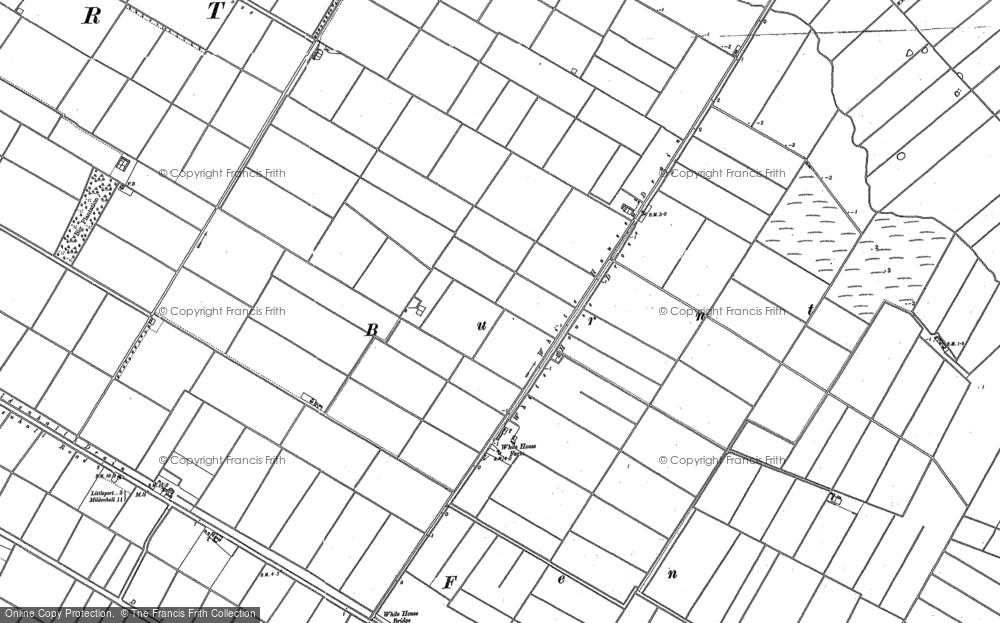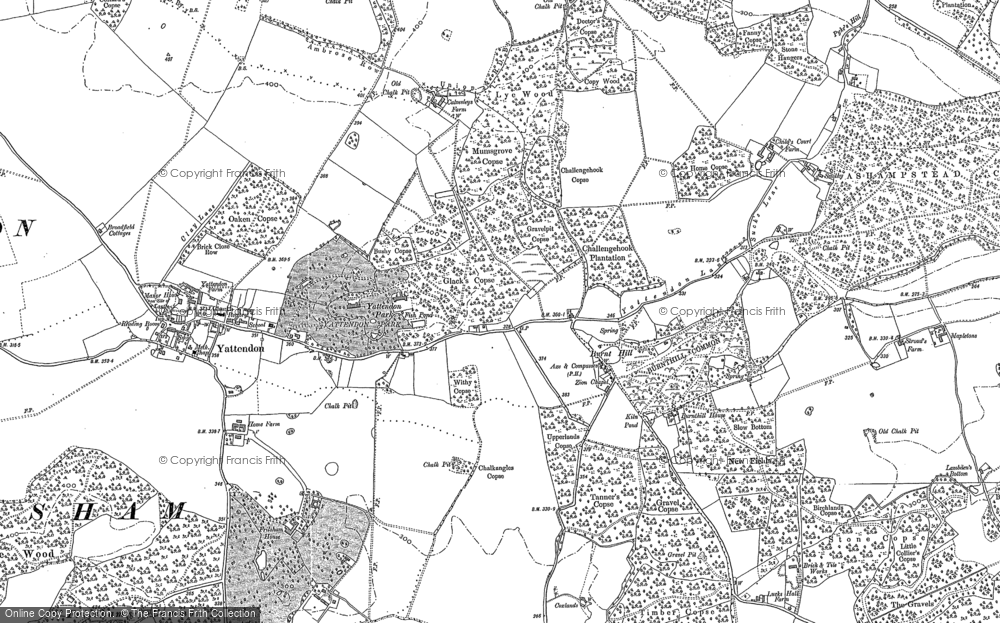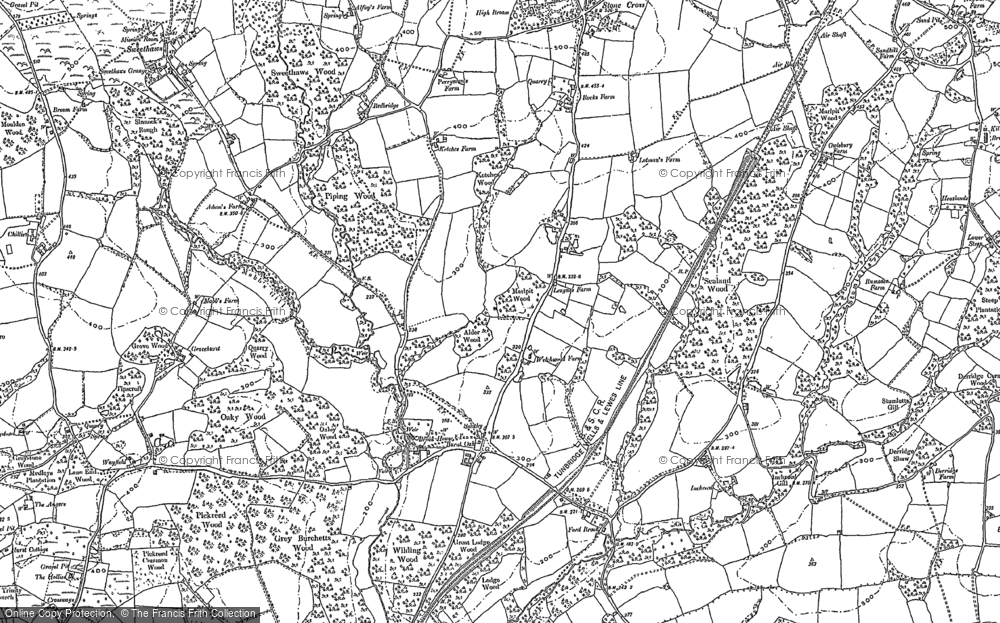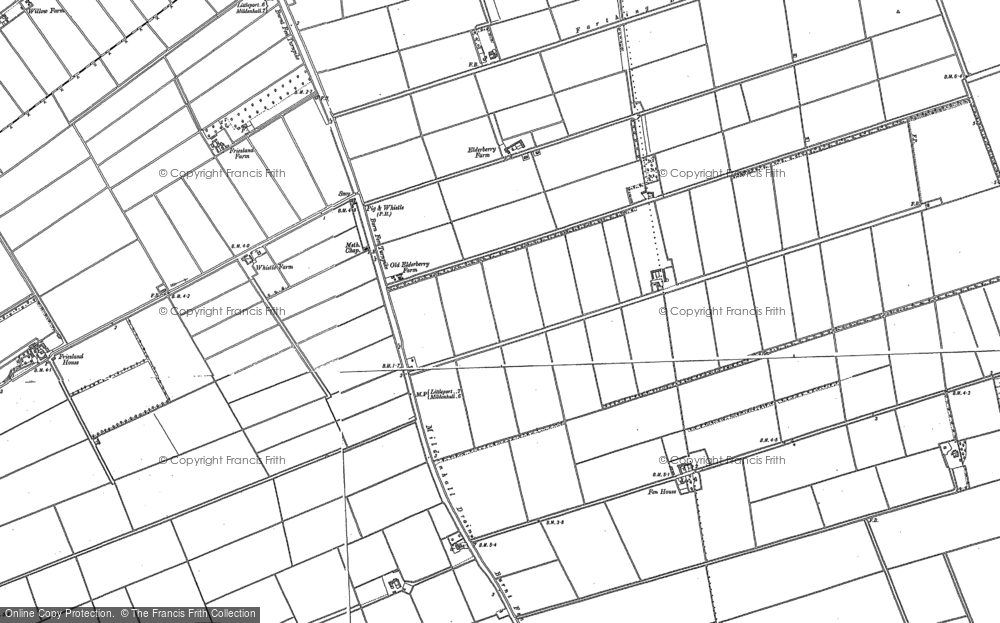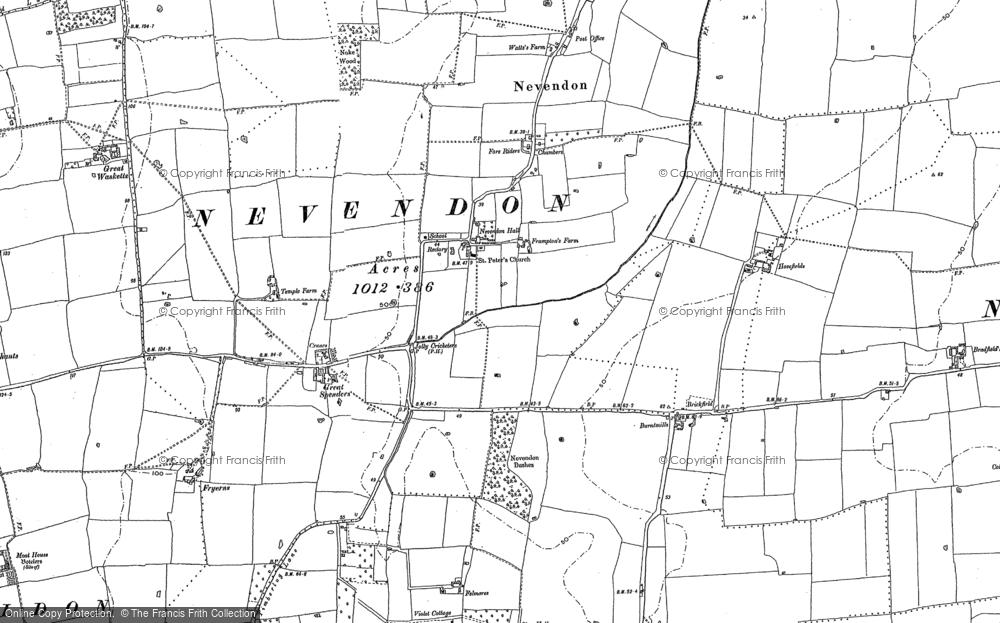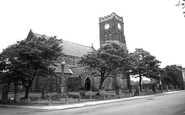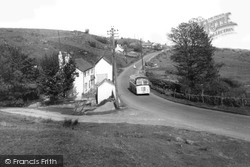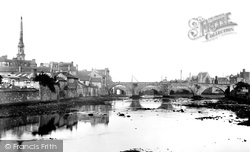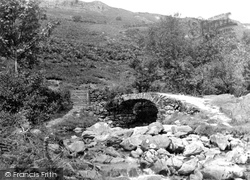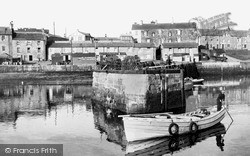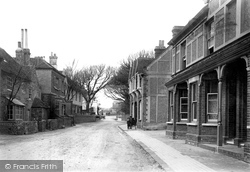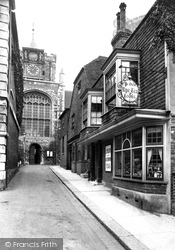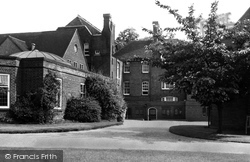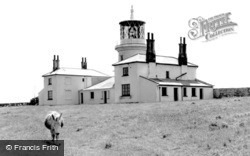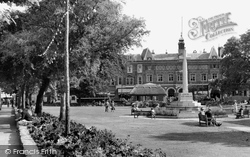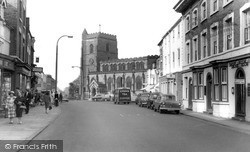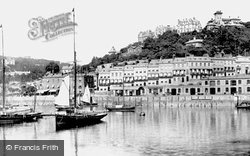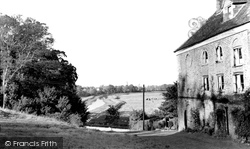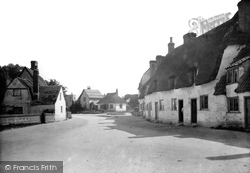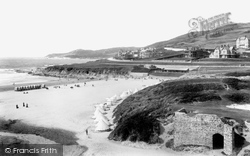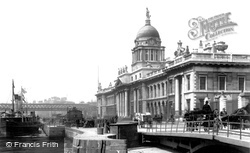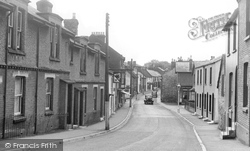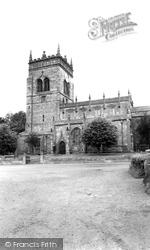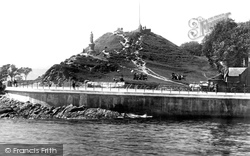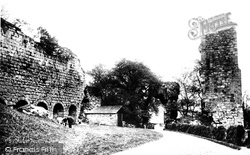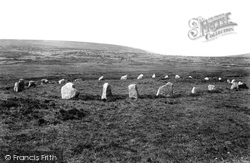Places
Sorry, no places were found that related to your search.
Photos
Sorry, no photos were found that related to your search.
Maps
39 maps found.
Books
Sorry, no books were found that related to your search.
Memories
779 memories found. Showing results 11 to 20.
1959 1971
Whilst looking on the West Hoathly hub site, I found a picture of myself standing in a camp at Blacklands Farm W64093 and W64091 in 1965. I would have been 9 years of age. My name was Julie Beavis and lived in the village from 1959 ...Read more
A memory of West Hoathly in 1965 by
1960
I was living in Edenbridge and every Saturday night our group of Young Farmers went to the Red Barn to dance and get together. Those nights were some of the best times I ever had. I married and moved away a couple of years later, ...Read more
A memory of Blindley Heath in 1960 by
1960's Holiday
I came to Upavon in the 1960's, my sister married a serviceman and they stayed in a cottage with a big barn off to the left and then, on the other side, a huge big field and I am sure there was a caravan site nearby. Oh I loved it, ...Read more
A memory of Upavon
1960s Holidays In Newbiggin
My family, surname Ligema, were friends of Jim Highmoor who ran the scout group at Newbiggin during the 1950s and 60s. Mr Highmoor kindly let us stay for our holidays in the Scout Hut which was situated below the old ...Read more
A memory of Newbiggin by
1965
1964 and my parents announced to us kids that we were going to move to the countryside from Great Bar in Birmingham where we were all living at my grandmothers house My Father had died back when I was seven and mother had eventually ...Read more
A memory of Market Harborough by
223 High Street
I lived with my family (Matthews) at 223 High Street from 1955 until 1963, brother David, sisters Cynthia and Jackie, parents Rene and Reg. I think my parents bought the house in 1952 as my brother was born in the back ...Read more
A memory of Marske-By-The-Sea in 1955 by
50 Penrhiwceiber Road
I lived at no 50 just 2 doors down from st Winifred’ s church from 1944 to 1964. My mother was Stella Jeffery and my grandparents Mona and Charles (Jeff) Jeffery who was a dentist and had his surgery at No 50. Does anyone ...Read more
A memory of Penrhiwceiber by
59yrs Ago
I am very much a novice with the computer and Googled Blackford, Scotland, and to my delight lots of things came up, plus this site which I am so delighted about. I lived in Blackford till I was about 15 a half. I so ...Read more
A memory of Blackford in 1949 by
80 Years Turnchapel
Hi, my name is William John Maunder and I am 81 years old and my first memory of Turnchapel is the early years of the WW2 . At the time I was living at Crownhill at that time on the outskirts of Plymouth, today day near B&Q ...Read more
A memory of Turnchapel
A Happy Childhood
My parents moved to Elm Park (Mungo Park Estate) around 1957, when I was around 18 months old, with my two brothers (John and Terry). I attended Scargill infants and junior school, in Simpson Road, and in 1966 went to Brittons ...Read more
A memory of Elm Park in 1966 by
Captions
291 captions found. Showing results 25 to 48.
In his 'A Shropshire Lad', the poet A E Housman opens with the words: 'From Clee to heaven the beacon burns, The shires have seen it plain . . .'
The 'Twa Brigs of Ayr' became famous thanks to a poem by Robert Burns. Things had changed by the time this photograph was taken.
High Sweden Bridge is a picturesque packhorse bridge over the Scandale Beck between High Pike and Snarker Pike (there is a Low Sweden Bridge further down the valley).
Originally known as North Sunderland, Seahouses prospered on fishing, and for a while lime burning.
The photographer has the undivided attention of a group of children in this quiet wintry view.
Carrying Holburn Street over the Ferryhill Burn, South Bridge is an essential part of the great developments of the early 19th century. It gets no recognition from the bureaucracy.
The quarter boys above the church clock date from 1761, while the tea rooms (now Simon the Pieman, established in 1920 after this view was taken) replaced the Red Lion Inn which burned down in 1872.
Despite popular opposition, the school had to be demolished in June 1970. The woodwork was so diseased that it had be burned, and all that remains is, apparently, a single hall.
This lighthouse, which is on the highest point of the island (180 ft above sea level), was built in 1829 as a gas-burning light and has been automated since 1927.
In AD1001, Viking raiders under the command of King Sweyn landed in the Exe estuary, raiding and burning the town of Exanmutha before marching on to Exeter.
The tower of the church dates from the 14th century. Otherwise, much of the church was rebuilt in the late 1800s.
Before the coming of tourism, Torquay was an obscure fishing hamlet, its villagers scratching a living from the sea, smuggling and lime burning.
Burnt Farmhouse is isolated; it incorporates the remains of Field Place, which burned down in 1765. The tower of Litlington church can be seen in the distance.
Before the coming of tourism, Torquay was an obscure fishing hamlet, its villagers scratching a living from the sea, smuggling and lime burning.
The Old Mill 1914 'And laughs the immortal river still Under the mill, under the mill'. So wrote the poet Rupert Brooke about Grantchester's mill.
On the right is that ubiquitous feature of west country beaches, the lime kiln.
The Custom House dates from 1791 but was burned down in 1921 during the troubled years that led to the creation of the Irish Free State.
During a French attack on England in 1545, a large fleet of warships anchored off Brading harbour in the hope that the English fleet could be lured out of Portsmouth.
During a French attack on England in 1545, a large fleet of warships anchored off Brading harbour in the hope that the English fleet could be lured out of Portsmouth.
In 1882 England played Australia in a cricket match; they lost so disastrously that they then ceremoniously burned the bails used during the match.
Visitors clamber over the site of the old castle. The modern castle is comparatively new, being completed in 1822. The statue is of Burns's Highland Mary, who was born at Auchnamore Farm nearby.
The castle and church have long been popular with tourists, many of whom stay to sample the delights of the Old Rosslyn Inn.
It is probable, given the number of stone circles found on Dartmoor, that a family or a group of families erected them for ritual worship, either to venerate the dead or for an astronomical purpose.
In AD1001, Viking raiders under the command of King Sweyn landed in the Exe estuary, raiding and burning the town of Exanmutha before marching on to Exeter.
Places (0)
Photos (0)
Memories (779)
Books (0)
Maps (39)


